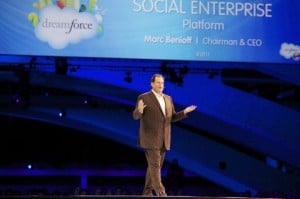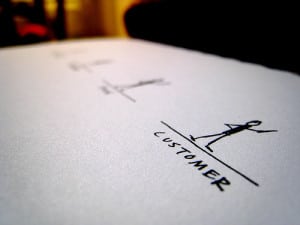User Stories in Agile Marketing
 One of the most useful tools in Agile Development is the use of User Stories. These stories, typically recorded on a large index card, take the format:
One of the most useful tools in Agile Development is the use of User Stories. These stories, typically recorded on a large index card, take the format:
As a [role], I want to [task], so that I can [goal or benefit]
On the back side of the card, developers will usually list the acceptance criteria or test cases for the feature. To see a good example of user stories in agile development, go here.
Are user stories relevant to the Agile Marketer? If so, how might they differ from user stories used by agile developers?
The Role of User Stories in Agile Marketing
User stories provide the agile marketer with insight into the personas associated with each of their target markets as well as focusing the marketer on the customer’s viewpoint and benefits. Let’s take a look at each of these in turn.
- As a [role] – Roles correspond to Personas. A Persona is typically a fictional character that is representative of a set of users who use a product or service in a particular way, and that play a particular role in the selection or use of that product or service. The Persona is described in sufficient detail that product managers can make decisions regarding features or design elements of the product. Marketers can use Personas to design web sites, write marketing collateral and generate content (blog posts, instructional videos, white papers, eBooks, etc) which meet the needs of these Personas.
- I want to [task] – Focusing on what the customers want to accomplish, whether it’s solving a problem, alleviating a pain, scratching an itch, or aspiring to something better, reminds us of why the customers want our product. For Content Marketers, focusing on tasks reminds us of how we can help our audience accomplish what they are looking to accomplish, and gives us an avenue to add value by providing relevant and helpful content.
- so that I can [goal or benefit] – The goal or benefit reminds us that all good marketing should answer a single question for the customer: What’s In It For Me (WIIFM). Bad marketing focuses on the vendor’s products and features, rather than the benefits that accrue to the customer.
In my next blog post, I’ll describe how Agile Marketing user stories differ from Agile Development user stories, and share with you a couple of templates that I use to document Personas and User Stories.
What do you think? Have you used user stories in your marketing? How have you found them useful?




